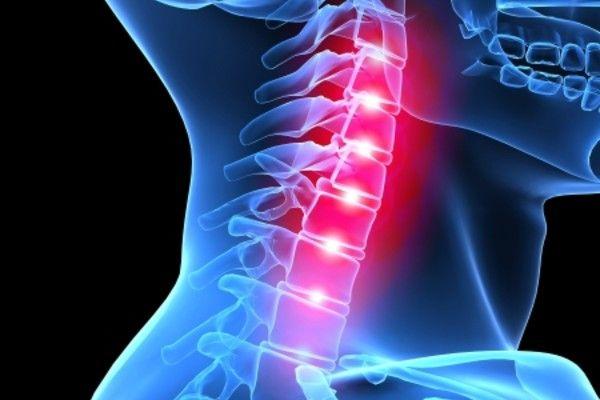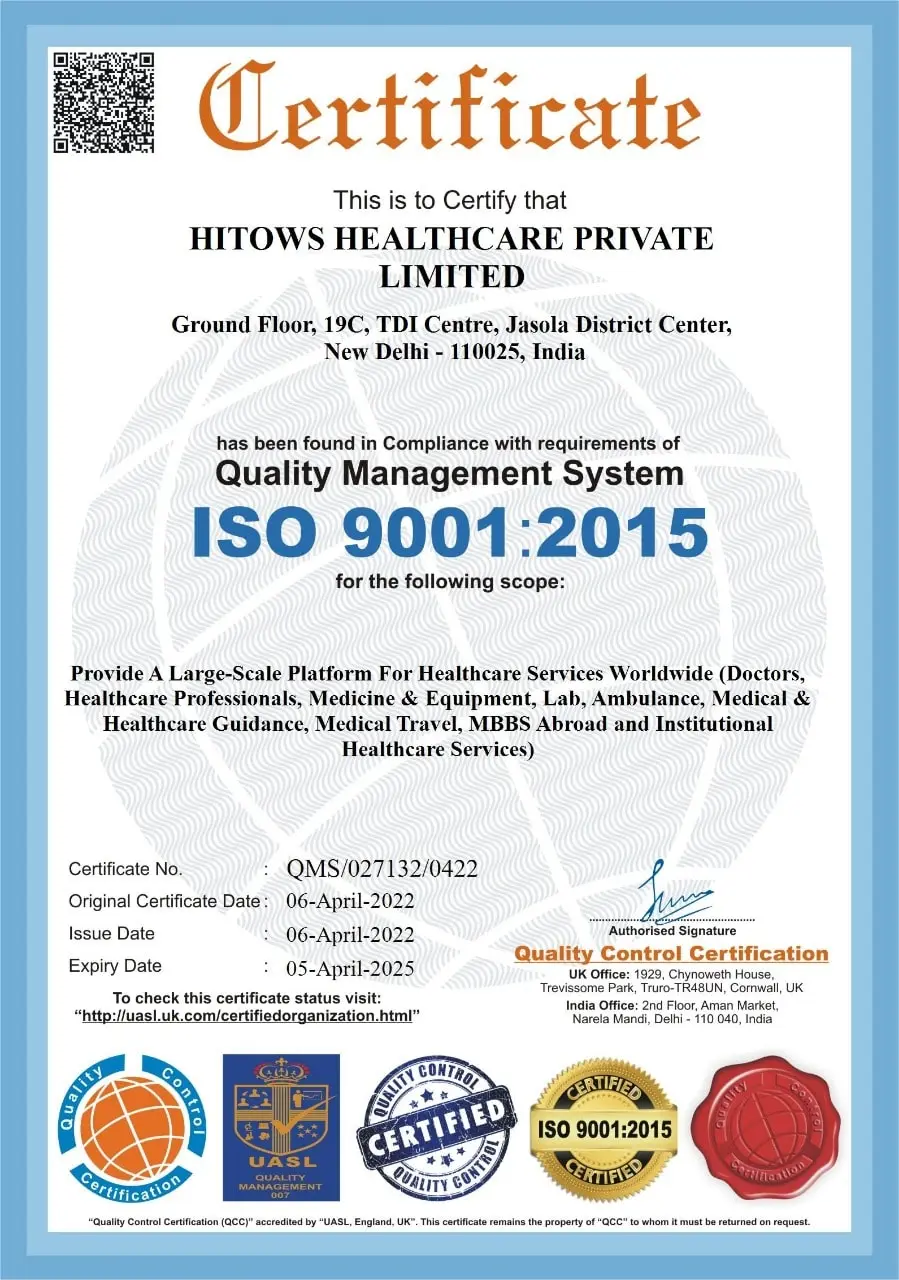1 Level Cervical Spine Decompression N Fusion ACDF
India
-
Our Price USD 2790
-
Hospital Price USD 3100
-
You Save : USD 310
Booking Amount: USD 279. Pay Remaining 90% at the hospital.
Book NowAdditional Credit
Among the important extras we offer as part of the Additional Credit are the following:
-
Site Tourism For The Patient & Attendant
-
Airport Pick & Drop Service
-
Ambulance service at airport
-
Priority appointments with The Doctor
-
Cancel Easily Anytime with Full Refund
-
Room Upgradation
-
Free Online Doctor Consultation Valued at USD 20
-
Free hotel Stay for 5 to 7 days Accordingly
-
Welcome Kit at Arrival
-
Interpreter
-
Medical Visa Assistance
What is Included?
- Doctor consultation charges
- Lab tests and diagnostic charges
- Room charges inside hospital during the procedure
- Surgeon Fee
- Cost of implant
- Nursing charges
- Hospital surgery suite charges
- Anesthesia charges
- Routine medicines and routine consumables (bandages, dressings etc.)
- Food and Beverages inside hospital stay for patient and one attendant.
What is not Included?
- Extra Radiology Investigations
- Healthcare Professionals Charges of other consultations.
- Other Requested Services such as Laundry etc.
- Additional Pharmaceutical Products and Medicines After Discharge from Hospital.
- Management of Conditions Unrelated to Procedures or Pre-Existing.
- The cost of any additional implants will be in addition to the package cost.
Package Description
1 Level Cervical Spine Decompression N Fusion ACDF:
Anterior cervical discectomy and fusion (ACDF) is a form of neck surgery that includes removing a damaged disc to relieve spinal cord or nerve root pressure and the pain, weakness, numbness, and tingling that goes along with it. Because a discectomy is a type of surgical decompression, it's also known as an anterior cervical decompression.
While the most typical reason for this operation is to repair a symptomatic cervical herniated disc, it can also be used to address cervical degenerative disc disease. It's also routinely performed to remove arthritis-related bone spurs (osteophytes) and relieve the symptoms of cervical spinal stenosis.
Disease Overview:
Spinal Stenosis
Spinal stenosis is a narrowing of the gaps in your spine, putting pressure on the nerves that run through it. The lower back and neck are the most common sites for spinal stenosis. Some persons with spinal stenosis don't show any signs or symptoms. Pain, tingling, numbness, and muscular weakness may be experienced by others. Symptoms might become more severe over time.
Wear-and-tear alterations in the spine produced by osteoarthritis are the most prevalent cause of spinal stenosis. Doctors may propose surgery to make more room for the spinal cord or nerves in severe cases of spinal stenosis.
The many kinds of spinal stenosis are categorised based on where the problem develops in the spine. It is possible to have many types. There are two forms of spinal stenosis:
- Cervical stenosis is a condition in which the neck is narrowed. The narrowing happens in the region of the spine in your neck with this ailment.
- Lumbar stenosis is a condition that affects the lower back. The narrowing occurs in the lower back region of the spine in this disorder. The most prevalent type of spinal stenosis is this.
Disease Signs and Symptoms:
Many people with spinal stenosis have evidence of it on an MRI or CT scan but no symptoms. When they do happen, they usually start slowly and get worse over time. The symptoms vary depending on where the stenosis is located and which nerves are affected.
- In the cranium (cervical spine)
- Hand, arm, foot, or leg numbness or tingling
- Hand, arm, foot, or leg weakness
- Problems with balance and walking
- Neck-ache
- Bowel or bladder dysfunction can be severe in some circumstances (urinary urgency and incontinence)
- Lower back pain (lumbar spine)
- tingling or numbness in the foot or leg
- A foot or leg that is weak
- When you stand for long periods of time or walk, you may have pain or cramping in one or both legs, which normally subsides when you bend forward or sit.
- Back-ache
Disease Causes
From your neck to your lower back, the backbone (spine) runs. The spinal canal is formed by the bones of your spine and protects your spinal cord (nerves).
Some individuals are born with a narrow spinal canal. However, the majority of spinal stenosis develops when something narrows the free area within the spine. Spinal stenosis can be caused by a variety of factors, including:
Bone enlargement. Wear and tear on your spinal bones from osteoarthritis can lead to the creation of bone spurs, which can grow into the spinal canal. Paget's disease, a bone disease that primarily affects adults, can result in bone overgrowth in the spine.
Disks that have herniated. With time, the delicate cushions that serve as shock absorbers between your vertebrae dry out. Some of the soft interior material of a disc may escape and push on the spinal cord or nerves due to cracks in the disk's outer.
Ligaments that have thickened. Over time, the tight ligaments that hold your spine's bones together might grow rigid and stiffened. These swollen ligaments have the potential to protrude into the spinal canal.
Tumors. Inside the spinal cord, within the membranes that surround the spinal cord, or in the space between the spinal cord and vertebrae, abnormal growths can occur. These are infrequent and can be seen on MRI or CT scans of the spine.
Disease Diagnosis:
Your doctor may question you about your signs and symptoms, examine your medical history, and do a physical examination to diagnose spinal stenosis. To assist establish the origin of your signs and symptoms, he or she may request numerous imaging tests.
Tests of imaging
These tests may involve the following:
X-rays. Bony changes, such as bone spurs, can be shown on an X-ray of your back, which may be limiting the space within the spinal canal. Each X-ray exposes you to a little amount of radiation.
Magnetic resonance imaging (MRI) is a type of imaging that (MRI). An MRI creates cross-sectional pictures of your spine using a strong magnet and radio waves. Damage to your discs and ligaments, as well as the existence of malignancies, can all be detected with this test.
Most important, it can show where the nerves in the spinal cord are being pressured.
CT or CT myelogram. If you can't have an MRI, your doctor may recommend computerized tomography (CT), a test that combines X-ray images taken from many different angles to produce detailed, cross-sectional images of your body. In a CT myelogram, the CT scan is conducted after a contrast dye is injected. The dye outlines the spinal cord and nerves, and it can reveal herniated disks, bone spurs and tumors.
Disease Treatment:
Treatment for spinal stenosis is determined by the severity of your symptoms and the location of the stenosis.
Consult your doctor to determine the best course of action for you. If your symptoms are minor or you don't have any, your doctor may want to keep track of your progress with regular follow-up sessions. He or she may provide you with some self-care suggestions that you may use at home. He or she may prescribe drugs or physical therapy if these don't work. If other therapies have failed, surgery may be a possibility.
Medications
Your doctor may give you a prescription.
- Anti-inflammatories
- Antidepressants, anti-seizure medications, and opioids
Physical therapy
People with spinal stenosis frequently become less active in order to alleviate discomfort. However, this might result in muscular weakening, which can contribute to additional discomfort. Exercises that a physical therapist may teach you include:
- Strengthen and extend your endurance.
- Maintain your spine's flexibility and stability.
- Boost your equilibrium.
Injections of steroid
In the areas where your nerve roots are squeezed, they may become irritable and inflamed. While injecting a steroid medicine (corticosteroid) into the area around the impingement will not cure the stenosis, it will assist to lessen inflammation and discomfort.
Injections of steroid hormones do not work for everyone. Because frequent steroid injections might damage adjacent bones and connective tissue, these injections should only be done a few times a year.
Procedure for decompression
To enhance spinal canal space and alleviate nerve root impingement, needle-like devices are used to remove a part of a thicker ligament in the rear of the spinal column. This form of decompression is only for people who have lumbar spinal stenosis and a thicker ligament.
Percutaneous image-guided lumbar decompression is the name of the procedure (PILD). It's also known as minimally invasive lumbar decompression (MILD), although doctors prefer the name PILD to prevent confusion with minimally invasive surgical treatments.
Because PILD does not need general anaesthesia, it may be a viable alternative for certain patients who are at high surgical risk due to other medical issues.
If alternative therapies have failed or your symptoms have rendered you handicapped, surgery may be considered. By creating extra room within the spinal canal, the operation aims to relieve strain on your spinal cord or nerve roots. The most definite technique to try to alleviate symptoms of spinal stenosis is surgery to decompress the region of stenosis.
Surgery
The following are some examples of surgical treatments used to treat spinal stenosis:
Laminectomy. The afflicted vertebra's rear half (lamina) is removed during this treatment. Because it relieves the strain on the nerves by creating more space around them, a laminectomy is also known as decompression surgery.
Laminotomy. Only a section of the lamina is removed in this treatment, with a hole carved only large enough to alleviate pressure in a specific area.
Laminoplasty. Only the vertebrae in the neck are treated with this treatment (cervical spine). It creates a hinge on the lamina, which opens up the area within the spinal canal. Metal hardware spans the gap in the spine's opening part.
The term "minimally invasive surgery" refers to surgery that is performed with the least amount This kind of surgery removes bone or lamina while minimising injury to neighbouring healthy tissue. As a result, fusions aren't required as often.
In most situations, these space-creating surgeries assist to alleviate the symptoms of spinal stenosis. However, following surgery, some people's symptoms remain the same or worsen. Infection, a break in the membrane that surrounds the spinal cord, a blood clot in a leg vein, and neurological degeneration are among the other surgical hazards.
Information related to Treatment
Package Details
Days in Hospital
3 Days
Days in Hotel
*
10 Days
Room Type
Private
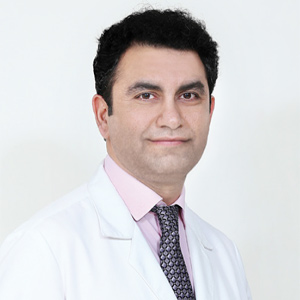
Treating Doctor
Dr. Bhushan Nariani
Orthopaedic Surgeon- Ankle surgery, Brachial plexus repair, Osteoarthritis, Avascular Necrosis of Hip Joint, Osteoarthritis (Most Common), Hip Fracture or Hip Dysplasia, Ankle Fracture, Deformed Knees, Meniscus Tear, Shoulder Arthritis, Torn Anterior, Osteonecrosis, Hip Osteoarthritis, Carpal Tunnel Syndrome Surgery, Hip/Ankle/Knee Injury, Rheumatic Arthritis, Injury or Fracture of the Hip Joint, Ankle Arthritis, Erb's Palsy, Bone Tumor in the Hip Joint, Brachial Plexus Avulsion, Shoulder Injury, Knee Osteoarthritis, Torn Rotator Cuff, Knee pain
BLK-Max Super Speciality Hospital New Delhi, India
18 Years of Experience
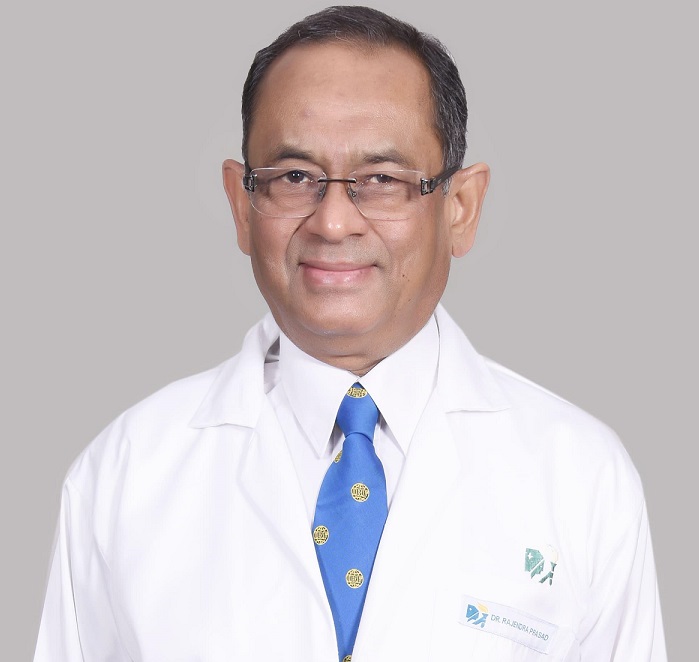
Treating Doctor
Dr. Rajender Prasad
Orthopedist & Spine Surgeon- Ankylosis Spondylitis, Brachial plexus repair, Spinal Tumor, Back pain, Spinal Deformity, Carpal Tunnel Syndrome, Cervical Canal Stenosis, Cervical Disc Prolapse, Congenital Spine Abnormality, Facet Joint & Sacro-Iliac, Lumbar Canal Stenosis, Lumbar Disc Herniation, Sciatica, Spinal Infection, Spinal Injury
Indraprastha Apollo Hospitals, New Delhi New Delhi, India
38 Years of Experience
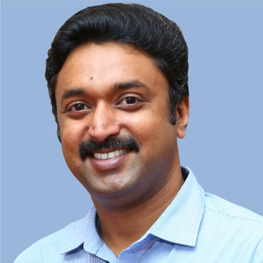
Treating Doctor
Dr. Sanju Cyriac
Oncologist,Hematologist- Hematologist-oncologist, Pediatric oncologist, Colon Cancer, Lung Cancer, Breast Cancer, Immunotherapy, Stomach Cancer, Pancreatic Cancer, Ovary cancer, Multiple myeloma, Lymphoma, Chemotherapy, Leukaemia
Rajagiri Hospitals, Kochi Cochin, India
15 Years of Experience
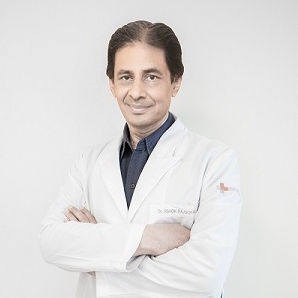
Treating Doctor
Dr. Ashok Rajgopal
Orthopaedic Surgeon- Joint Replacement Surgery, Knee Surgery, Anthroscopic Meniscus Surgery
Medanta-The Medicity, Gurgaon Gurgaon, India
42 Years of Experience
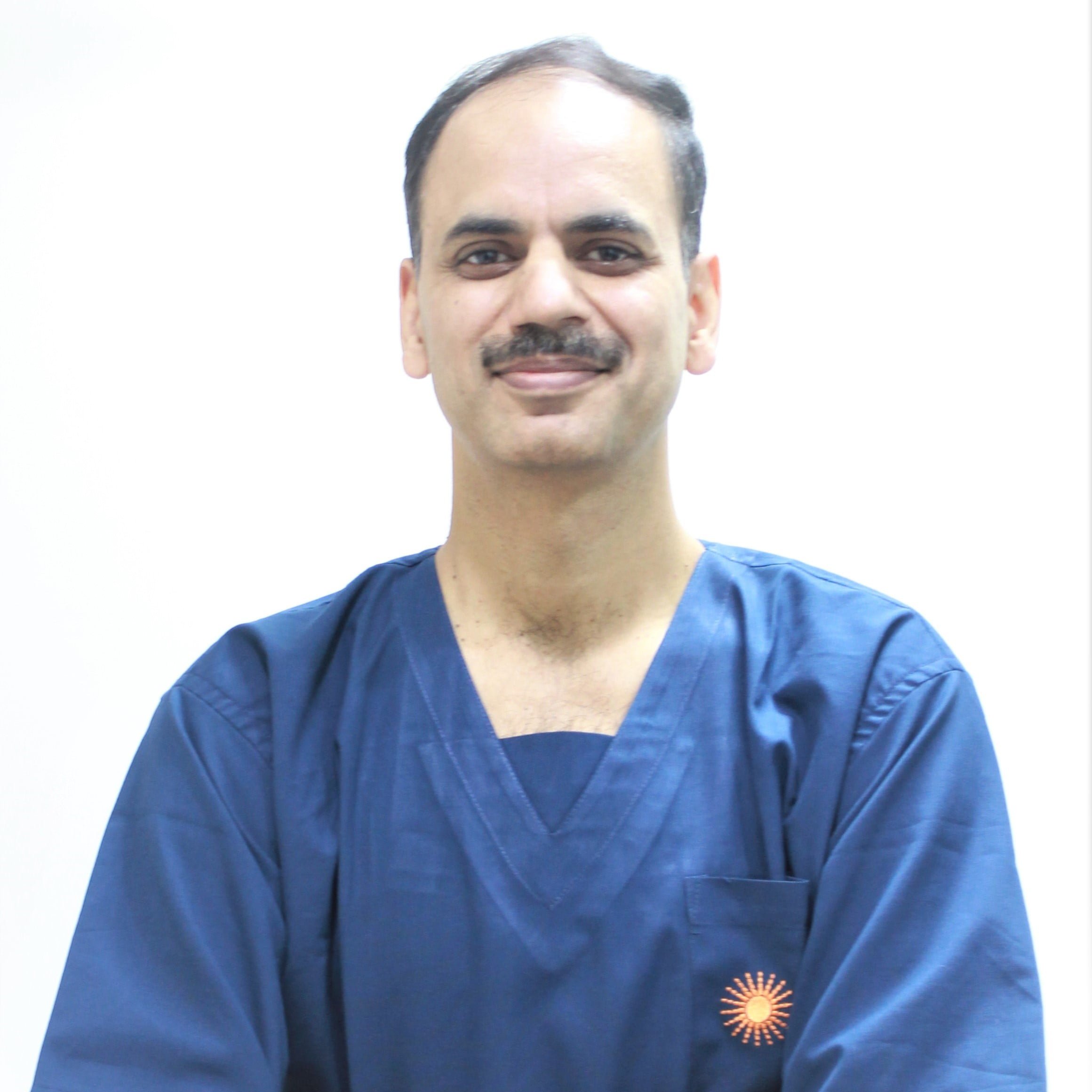
Treating Doctor
Dr. Sumit Batra
Orthopaedic Surgeon- Spine Surgery, Deformity correction, Spine fracture/ trauma, Disc Replacement ( Cervical /Lumber), Microdiscectomy, Knee Replacement, Total Knee Replacement, Total Hip Replacement, Complex Trauma Surgery Primary
Marengo Asia hospital, Faridabad Faridabad, India
24 Years of Experience
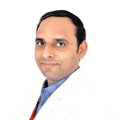
Treating Doctor
Dr. Vipin Tyagi
Orthopedist- Spinal Deformity correction, Correction of deformities, Spasticity, Joint Replacement Surgery, Wrist Problem, Reconstruction and Rehabilitation, Disc Slip, External Fixator, Reconstruction and Bone Lengthening, Cruciate Ligament Recosntruction
Medanta-The Medicity, Gurgaon Gurgaon, India
35 Years of Experience
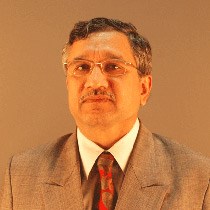
Treating Doctor
Dr. BHAVE ARVIND
Orthopedist & Spine Surgeon- Slip Disc Specialist, Endoscopic Surgery, Minimally invasive spine surgery (MIS), Spine fracture/ trauma, Spinal pain & Spinal Stenosis, Degenerative Spine
Deenanath Mangeshker Hospital and research centre, Pune Pune, India
31 Years of Experience
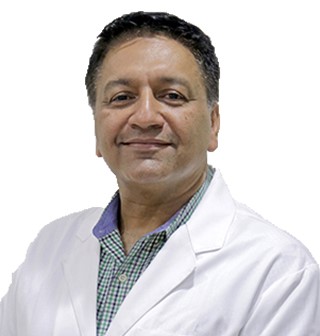
Treating Doctor
Dr. Nitiraj Oberoi
Orthopaedic Surgeon,Orthopaedic Surgeon- Ankle surgery, Joint Replacement Surgery, Complex Trauma Surgery Primary, Revision & Complex Joint Replacement, ACL/PCL Reconstruction, Arthroscopy of Knee, Shoulder Surgery, Sports Injuries Surgery
Fortis Escorts Heart Institute New Delhi, India
29 Years of Experience
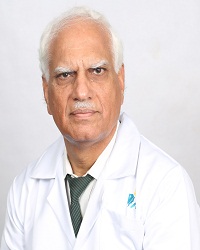
Treating Doctor
Dr. Vinod Sukhija
Orthopaedic Surgeon,Orthopaedic Surgeon- Knee Replacement, Hip Replacement, Arthroscopic Surgery, Knee Ligament Surgery (ACL), Knee Arthroscopy, Carpal Tunnel Syndrome Surgery, Arthrisis management, Shoulder Arthroscopy, Hip Arthroscopy, Rotator Cuff Surgery, Tennis or Golfer's Elbow treatment, Paget's Disease Treatment, Torn Meniscus treatment
Indraprastha Apollo Hospitals, New Delhi New Delhi, India
39 Years of Experience
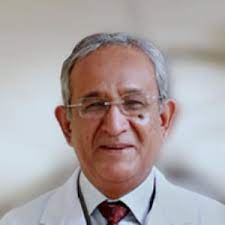
Treating Doctor
Dr. (Brig.) BK Singh
Orthopedist- Total Hip Replacement, Uni Condylar Knee Replacement, Resurfacing Hip Arthroplasty, Thrust plate prosthesis, Resurfacing shoulder Arthroplasty (Copeland), Total Ankle Replacement, Hip resurfacing with computer navigation, Minimally Invasive Knee Replacement Surgery, Acetabular fixation, Bilateral Hip Replacement, Both Knee simultaneous replacement, High Flex knee replacement, Robotic-arm assisted Total Hip Replacement (THR), Robotic-arm assisted Total Knee Replacement (TKR)
Artemis Hospitals Gurgaon, India
34 Years of Experience

